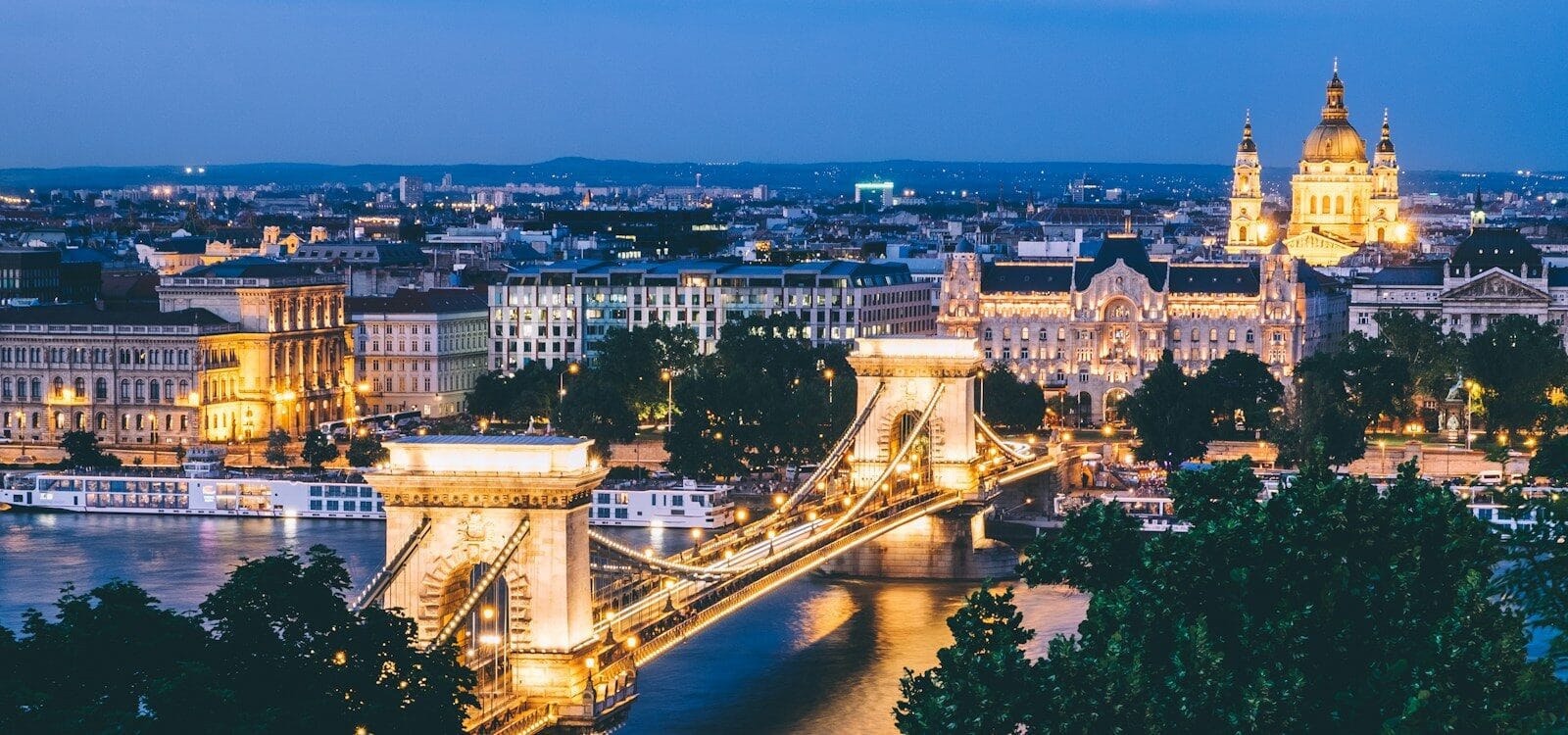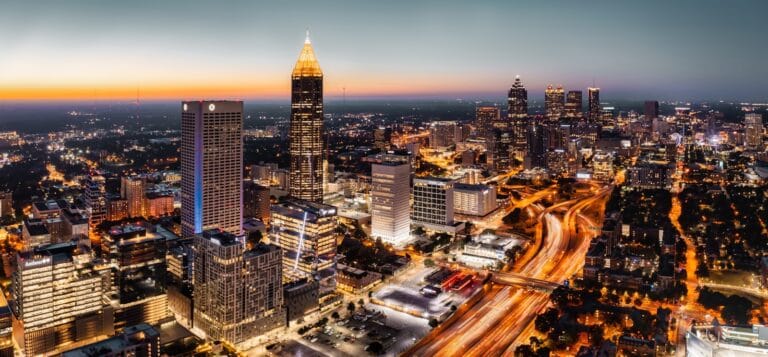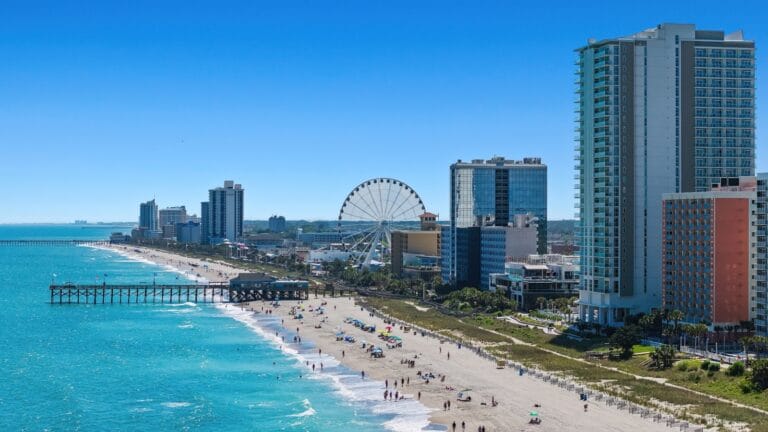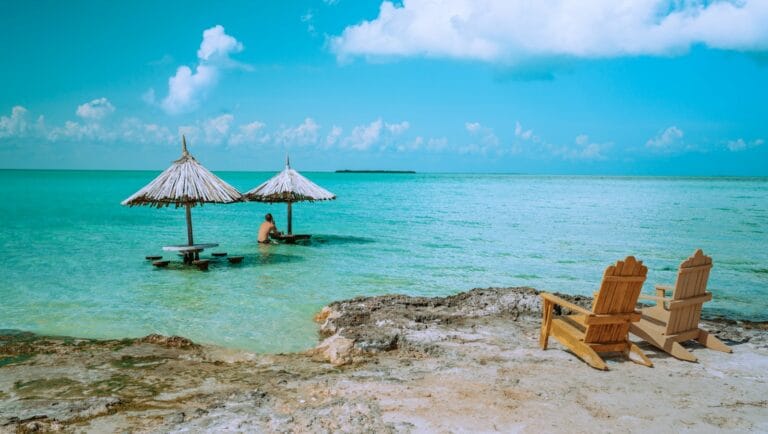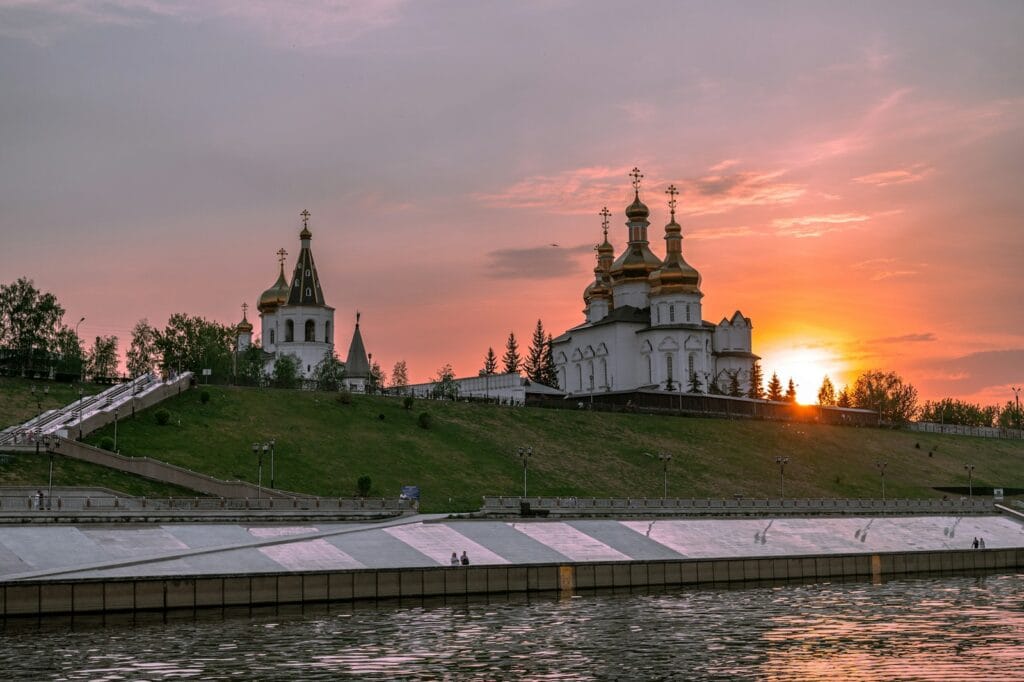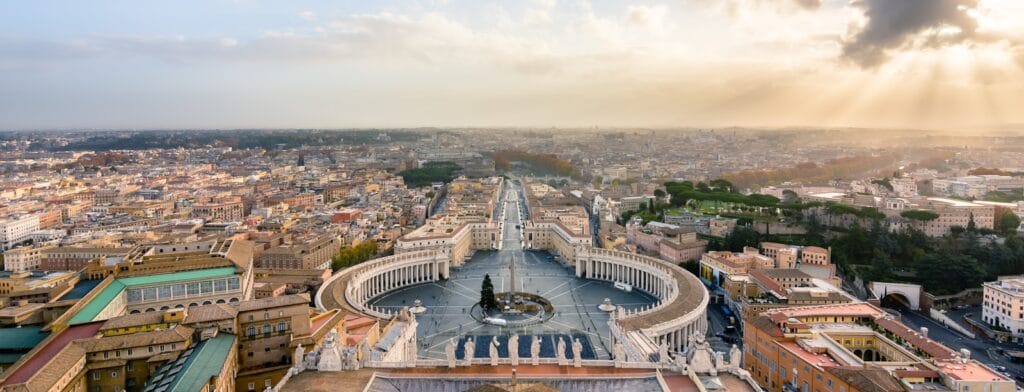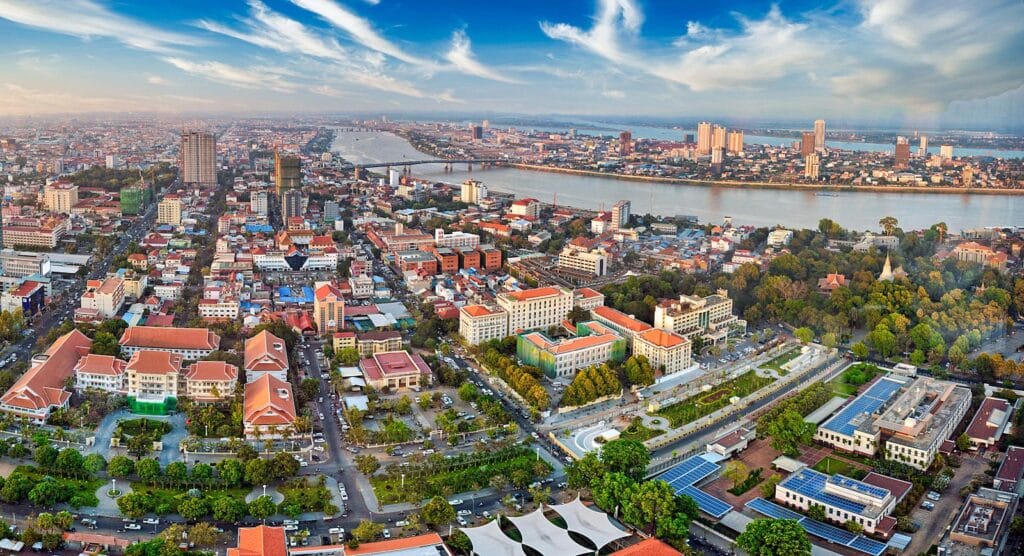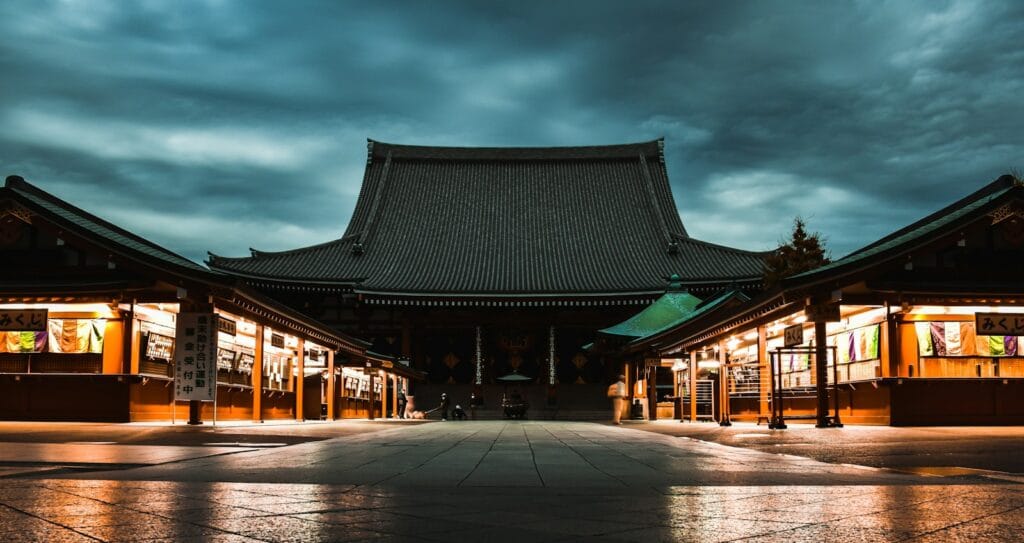Hungary Travel Guide: Thermal Spas, Grand Cafés & Danube Dreams
Introduction to Hungary Travel Guide
Hungary is where thermal springs meet Baroque palaces, ruin bars echo with jazz, and every meal ends in paprika spice and sweet strudel. In the heart of Europe, this landlocked gem offers rich history, vibrant nightlife, Ottoman-influenced architecture, and Europe’s most photogenic capital — Budapest.
Whether you’re soaking in a centuries-old spa, cruising the Danube, or wandering wine country near Lake Balaton, Hungary rewards curious, culturally minded travelers with substance, soul, and value.
Start planning with our complete Hungary Travel Guide — featuring region-by-region highlights, travel tips, costs, etiquette, and the best things to do across this magical Magyar land.
Continent: Europe
Country: Hungary
Area: 93,030 km² (35,919 mi²)
Population: ~9.5 million (2024 est.)
Density: ~102 people/km²
Capital: Budapest
Regions/Subregions: Central Hungary, Northern Hungary, Transdanubia, Great Plain
Language(s): Hungarian (official)
Currency: Hungarian Forint (HUF)
Time Zone: CET (UTC+1), CEST in summer (UTC+2)
Airports: Budapest Ferenc Liszt Int’l (BUD), Debrecen (DEB), Hévíz–Balaton (SOB)
Climate: Continental; hot summers, cold winters, mild spring/autumn
Known For: Thermal baths, Danube River, castles, paprika cuisine, classical music, ruin pubs
Hungary is part of the Schengen Area, so standard EU/Schengen visa rules apply.
Visa-free: 90 days within 180 for citizens of the EU, U.S., UK, Canada, Australia, Japan, and most Latin American countries.
Visa required: For select African, Asian, and Middle Eastern countries.
ETIAS: Required starting in 2025 for visa-free travelers (e.g., U.S., UK).
Stay limit: 90 days in a 180-day rolling period under Schengen rules.
Official visa info: Hungarian Consular Services
Recommended: Routine vaccines, Hepatitis A
Healthcare: Good public system; private clinics in Budapest preferred by travelers
EU citizens: EHIC card accepted
Travel health updates — get coverage here
Stay Informed with Official Updates: World Health Organization – International Travel and Health | Centers for Disease Control and Prevention – Global Travel Health
Hungary is very safe overall
Minor protests or political demonstrations may occur in urban centers
Petty theft (esp. in crowded transport and tourist zones) is the main concern
Stay Informed with Official Updates: US Travel Advisory | UK Foreign Travel Advice
Mar 15: National Day (1848 Revolution)
Aug 20: St. Stephen’s Day (founding of Hungary)
Oct 23: Republic Day (1956 Uprising)
Dec 25–26: Christmas
Easter and Whit Monday observed; closures expected
Currency: Hungarian Forint (HUF)
Cards: Widely accepted; ATMs readily available
Tipping: Common (10–15%) at restaurants and taxis
Duty-Free: Standard EU limits apply
Train & bus: Reliable national network (MÁV and Volánbusz)
Budapest: Excellent metro, tram, and bus coverage
Car rentals: Useful for countryside and wine region trips
Biking: Common in cities and around Lake Balaton
SIM cards: Vodafone, Yettel, Telekom — available at airport and kiosks
Wi-Fi: Strong in cities, cafés, hotels, and public transit
Coverage: Excellent nationwide, including rural zones
Drinking age: 18
Dress modestly when visiting churches or rural villages
LGBTQ+ travelers: Legal but conservative — discretion recommended outside Budapest
Cultural tip: Hungarians value politeness; greet with “Jó napot” (Good day)
Emergency Number: 112
Tourist Police: Available in major cities
Hospitals: Semmelweis University in Budapest is internationally recognized
Best time to visit: April–June and September–October (pleasant, fewer crowds)
Summer: 25–35°C (77–95°F); warm and popular for festivals
Winter: 0–5°C (32–41°F); Christmas markets, snow in mountains
Weather Forecast
Hungary by Region – Where to Go
Hungary is divided into seven main statistical regions, but travelers typically group it by city, countryside, and lake escapes.
Central Hungary
- Budapest – The dazzling capital split by the Danube, filled with historic baths, ruin pubs, UNESCO sites, and café culture.
- Szentendre – Bohemian riverside village just north of Budapest, known for its museums and pastel-colored buildings.
Northern Hungary
- Eger – Baroque town with a castle, wine cellars, and Ottoman minaret.
- Aggtelek National Park – Home to massive karst caves and UNESCO-protected geological wonders.
- Lillafüred – A fairytale forest town with waterfalls and lake views.
Northern Great Plain
- Debrecen – Hungary’s second-largest city with university energy and classic Calvinist architecture.
- Hortobágy National Park – A vast plain where Hungarian cowboys (csikós) still herd cattle.
Central Transdanubia
- Veszprém – “City of Queens” near Lake Balaton, known for its hilltop castle and art.
- Herend – Visit the world-famous porcelain factory and museum.
- Székesfehérvár – Former royal seat and burial place of medieval kings.
Western Transdanubia
- Győr – Beautiful baroque architecture and access to Austria and Slovakia.
- Sopron – On the Austrian border, full of wine taverns and preserved medieval streets.
Southern Great Plain
- Szeged – Bright, open city with Art Nouveau buildings and lively food markets.
- Kecskemét – Known for apricot brandy and Hungary’s national spirit: pálinka.
Southern Transdanubia
- Pécs – Roman ruins, early Christian tombs, and vibrant galleries.
- Villány – Hungary’s top red wine region with cozy cellars and guided tastings.
Top Places to Visit in Hungary
Cities & Culture
- Budapest – Explore Buda Castle, Fisherman’s Bastion, Széchenyi Spa, Parliament, and the ruin bars of the Jewish Quarter.
- Pécs – Admire early Christian sites and Ottoman-era mosques now repurposed as churches.
- Eger – Visit the Castle of Eger, wine cellars in the Valley of the Beautiful Women, and the Turkish-era minaret.
Nature & Lakes
- Lake Balaton – Central Europe’s largest lake, ideal for summer escapes, wine tasting, and sailing.
- Tihany Peninsula – Lavender fields, Abbey, and panoramic trails overlooking the lake.
- Aggtelek Caves – Dramatic stalactites and an underground concert hall.
Spas & Wellness
- Széchenyi & Gellért Baths (Budapest) – Iconic thermal bathhouses in Neo-Baroque and Art Nouveau styles.
- Miskolctapolca Cave Baths – Soak inside natural cave pools.
- Hévíz Lake – One of the largest thermal lakes in the world, with floating therapy.
How to Choose Where to Go in Hungary
- For first-timers: Base in Budapest with day trips to Szentendre, Eger, or Lake Balaton.
- For wellness & nature: Visit Hévíz, Miskolctapolca, and Aggtelek.
- For wine lovers: Explore Villány, Eger, or Tokaj (in the northeast).
- For arts and festivals: Time your trip for Pécs, Szeged, or Budapest in summer.
A perfect week mixes 3–4 days in Budapest with 3–5 days exploring wine regions, nature parks, or lakes.
How to Get Around Hungary
- Trains – Affordable and reliable for most cities (Budapest–Eger, Pécs, Debrecen).
- Buses – More direct to smaller towns or off-train routes.
- Budapest Public Transport – Extensive metro, tram, and bus networks. Get a travel pass.
- Car Rentals – Ideal for Lake Balaton, wine regions, and remote hikes.
- Boats – Seasonal ferries run on the Danube and Balaton.
Tip: Buy train tickets online or at kiosks to avoid platform fines.
Travel Budget & Costs in Hungary
Average Daily Costs:
- Budget: $30–50/day (hostels, public transport, market meals)
- Mid-range: $70–120/day (boutique hotels, baths, dining)
- Luxury: $180–350+/day (4-star spa hotels, fine dining, tours)
Sample Prices:
- Thermal bath entry: $8–15
- Mid-range dinner: $10–20/person
- Budapest–Eger train: ~$7
- Hotel (mid-range): $60–100/night
- Wine tasting (Villány): ~$10–25
Money-saving tips:
- Use daily travel passes in Budapest
- Dine at étkezde (local canteens) for authentic, cheap food
- Get a Budapest Card for free transit and museum entry
Best Time to Visit Hungary
Spring (April–June):
- Mild weather, festivals start, great for nature and cities.
Summer (July–August):
- Peak tourism, lake season, music festivals like Sziget.
Autumn (September–October):
- Wine harvest, foliage, fewer crowds.
Winter (November–February):
- Cozy cafes, thermal baths, and Budapest’s Christmas Markets.
Must-See Experiences in Hungary
- Soak in Széchenyi Baths as steam rises in winter air
- Cruise the Danube at sunset, passing under Chain Bridge and Parliament
- Drink Bull’s Blood wine in a candlelit cellar in Eger
- Wander Budapest’s ruin bars, built in abandoned buildings
- Climb up to Fisherman’s Bastion for panoramic views
- Join a lavender harvest or wine tasting on Tihany Peninsula
- Take a dip in Lake Balaton, Hungary’s “sea”
- Attend a classical concert in a palace or cave
Book immersive Hungary tours and experience top things to do in Hungary, from spa rituals to Danube cruises and food walks.
Best Travel Itineraries in Hungary
Classic Culture – 7 Days
- Budapest → Szentendre → Eger → Lake Balaton
A taste of cities, history, and lakeside leisure.
Spa & Wine – 8 Days
- Budapest → Hévíz → Pécs → Villány
Perfect for slow travel with relaxation and gourmet experiences.
Nature & Castles – 6 Days
- Aggtelek → Lillafüred → Eger → Hortobágy
Ideal for hiking, caves, and horseback traditions.
Festivals & Flavors – 10 Days
- Budapest → Szeged → Tokaj → Debrecen
Mixes food, music, and vineyard adventures.
Local Cuisine & Culinary Experiences
Hungarian food is hearty, rustic, and seasoned with love (and paprika).
Must-Try Dishes
- Gulyás (Goulash) – Hearty beef soup with paprika and vegetables.
- Lángos – Deep-fried dough topped with sour cream and cheese.
- Pörkölt – Meat stew with paprika, onions, and nokedli (dumplings).
- Töltött Káposzta – Stuffed cabbage leaves simmered in tomato.
- Dobos Torte – Classic layered sponge cake with caramel top.
Drinks:
- Tokaji Aszú – Golden dessert wine, once known as the “Wine of Kings.”
- Pálinka – Potent fruit brandy, often homemade.
- Fröccs – Wine spritzer, especially popular in summer.
Book a Budapest food tour, visit farmers’ markets, or dine in a historic coffeehouse like New York Café.
Travel Safety & Cultural Etiquette in Hungary
Safety Overview
- Very safe with low crime; pickpocketing in crowded spots is rare but possible.
- Tap water is safe; taxis should be from reputable companies or ride apps.
Cultural Etiquette
- Greet with a handshake; avoid overly casual behavior in formal settings.
- Tipping (10–15%) is expected in restaurants and taxis.
- Dress modestly at churches and historical sites.
- Never clink beer glasses — a cultural reference to 1848 revolution history.
Where to Go Next – Pair Hungary with These Destinations
- Austria (Vienna) – Just 2.5 hours from Budapest by train.
- Slovakia (Bratislava) – Short hop for another capital by river or rail.
- Romania (Transylvania) – Rich in castles and culture, accessible from Debrecen.
- Croatia (Zagreb) – Close by train or car for more Balkan flavor.
- Slovenia – Add Ljubljana and Lake Bled for nature and Alpine beauty.
Explore our Austria Travel Guide, Romania Travel Guide, Croatia Travel Guide, and Slovenia Travel Guide for your Central Europe combo trip.
Final Planning Checklist for Hungary
- Visa-free entry for most travelers (90 days); part of Schengen Zone
- Currency: Hungarian Forint (HUF) — many places don’t accept Euros
- Download offline maps and public transit apps
- Learn a few Hungarian phrases: “Szia” (Hi), “Köszönöm” (Thank you), “Egészségedre!” (Cheers!)
- Book bath entries, rail tickets, and wine tours in advance in high season
- Carry some cash — cards accepted widely, but not everywhere
- Consider a Budapest Card for 72-hour passes and discounts
Explore Hungary with confidence using our trusted tips, local insights, and region-by-region planning tools. For more expert travel tips, practical strategies, and trusted tools — visit our Homepage and get inspired for your next trip.

